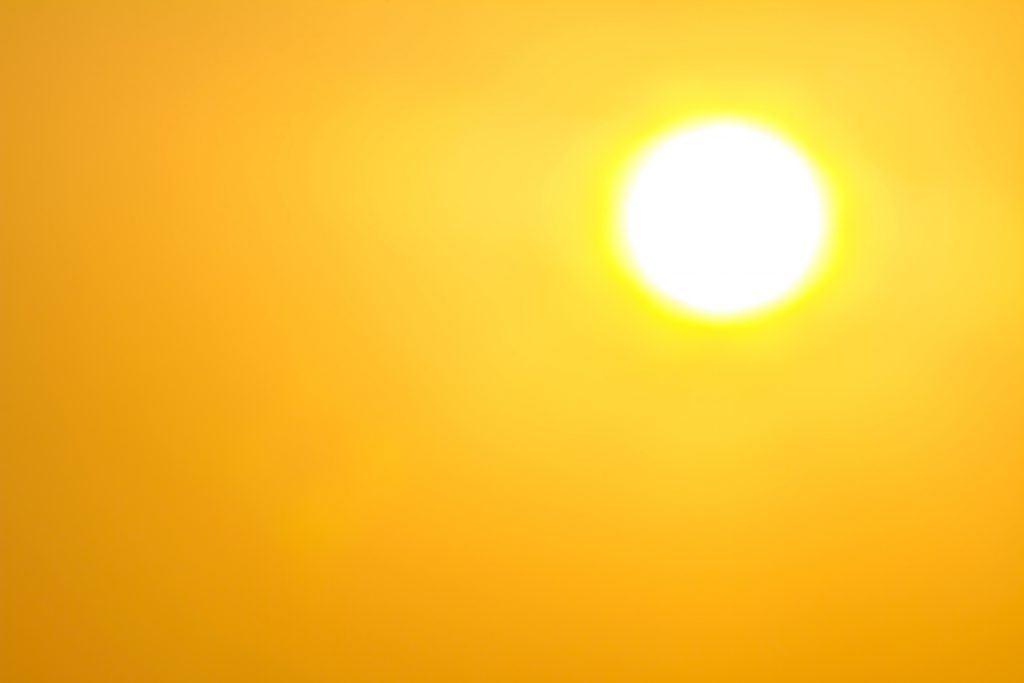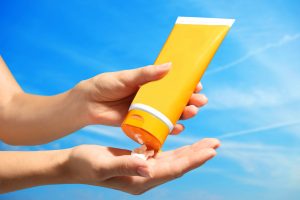We are easing into prime swimming weather and while we routinely talk about water safety and drowning prevention, we are here to remind you of the safety precautions necessary to prevent heat-related swimming injuries. Despite the refreshing, restorative experience of immersing yourself in water, heat-related swimming injuries can and do occur, often before we are aware of the looming danger.
3 Heat-related Swimming Injuries

1. Heat exhaustion/heatstroke
Heatstroke is the most deadly and seems counter-intuitive when in the water. However, the danger occurs when the water temperature goes above the mid-eighties. Combined with high air temperatures, the symptoms of heat exhaustion can progress rapidly, resulting in heatstroke, a life-threatening emergency that requires immediate medical attention. If you are in the water (especially warmer water) and notice the following symptoms, you need to exit the water and get out of the sun immediately. (Source).
- Cool, pale skin
- Headache and nausea
- Weakness and exhaustion.
- Dizziness, faintness, and mental confusion
- Rapid, weak pulse.
- Fast and shallow breathing
2. Dehydration
Dehydration is often one of the key factors in heat exhaustion, and can easily occur in the water, even though the body is submerged. You can still sweat while working out in the water. Here are a few basic rules to follow when thinking about hydration:
 As a general rule, you should be drinking at least half your body weight in fluid ounces BEFORE accounting for training. According to Swimming World, you should add in at least 32/ounces per hour of training on top of that.
As a general rule, you should be drinking at least half your body weight in fluid ounces BEFORE accounting for training. According to Swimming World, you should add in at least 32/ounces per hour of training on top of that.- Don’t just chug those 32 ounces all at once though. Ensure a steady intake throughout the workout by drinking about 8 oz every 15-20 minutes.
- If you are planning to work out at a moderate to high intensity for over an hour, consider adding electrolytes, in the form of light-colored sports drinks or coconut water prior to and during the workout.
Sunburn
Sunburn is another heat-related injury that can sneak up on you, even if you applied a liberal dose prior to swimming. Most sunscreen applications last about two hours before it begins to break down in the light. You should reapply every two to four hours or after swimming. A lot of people think the higher the SPF, the better. WRONG. Actually, after SPF 50, additional protection is negligible. The real issue is that most people apply sunscreen incorrectly, only using 25-50% of the recommended amount, reducing the actual protective abilities. New York City dermatologist Doris Day, MD told Reader’s Digest, “If you use SPF 50, you really get the protection of an SPF 20 based on how people actually apply it.” Focus on SPF 30-50 and make sure you apply it correctly and often. (See above).
 Use the following application recommendations provided by the American Dermatology Association:
Use the following application recommendations provided by the American Dermatology Association:
- Apply enough sunscreen to cover all exposed skin. Most adults need about 1 ounce — or enough to fill a shot glass — to fully cover their body.
- Don’t forget to apply to the tops of your feet, your neck, your ears and the top of your head.
- Apply sunscreen to dry skin 15 minutes before going outdoors.
- Skin cancer also can form on the lips. To protect your lips, apply a lip balm or lipstick that contains sunscreen with an SPF of 30 or higher.
Remember, the water cannot protect your body from heat-related swimming injuries. You must be a proactive participant in protecting yourself from the heat-related dangers of swimming. Now, hydrate, apply sunscreen and go swimming!
Molly is a member of our creative team, mom of four water-loving babies, and a fierce advocate for CPR training and really early swim instruction.
